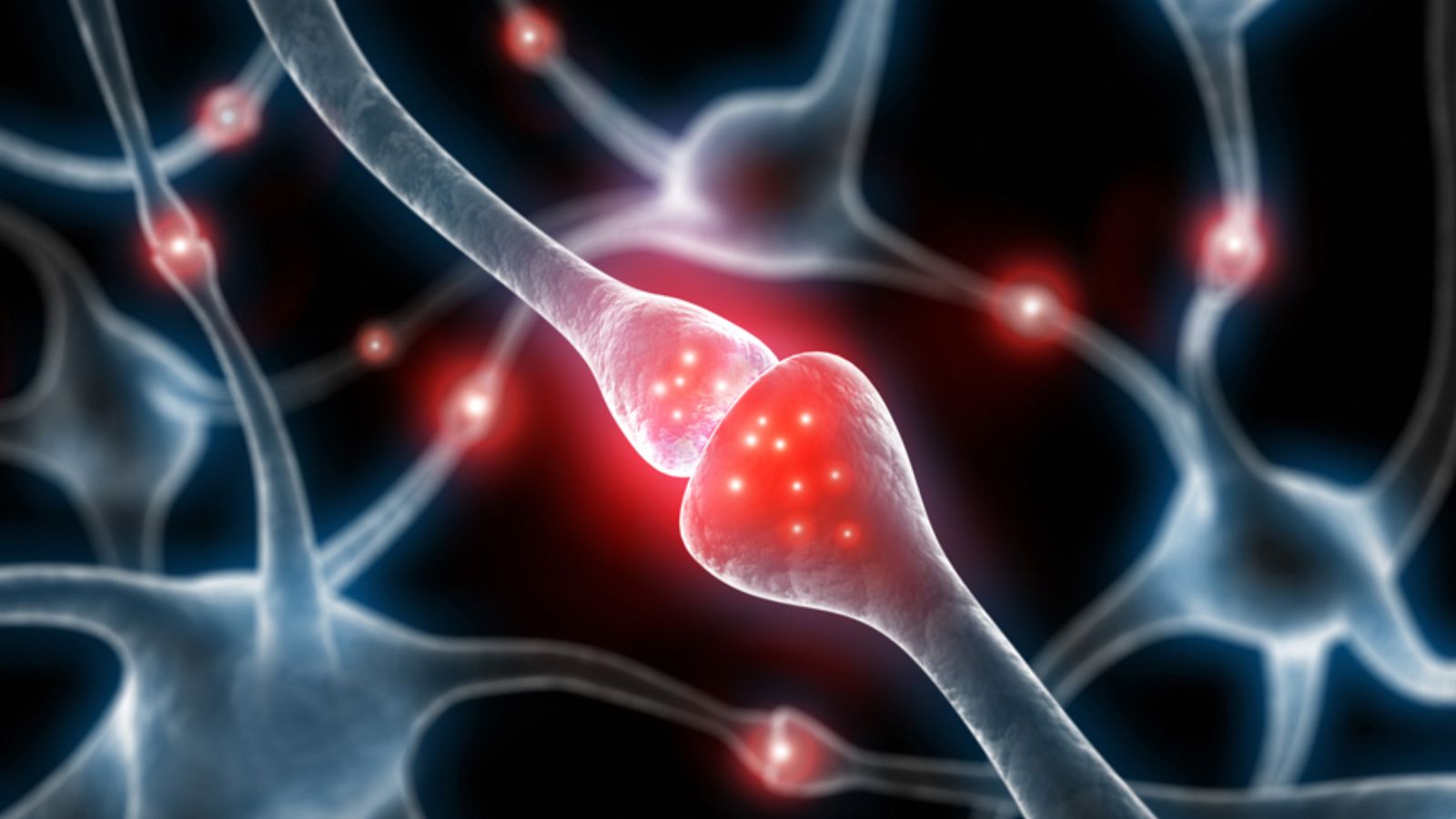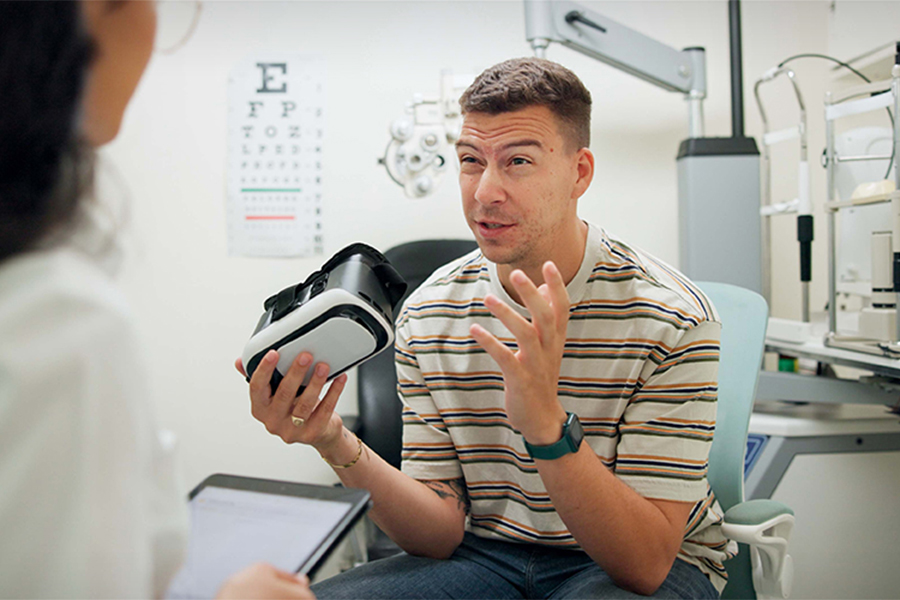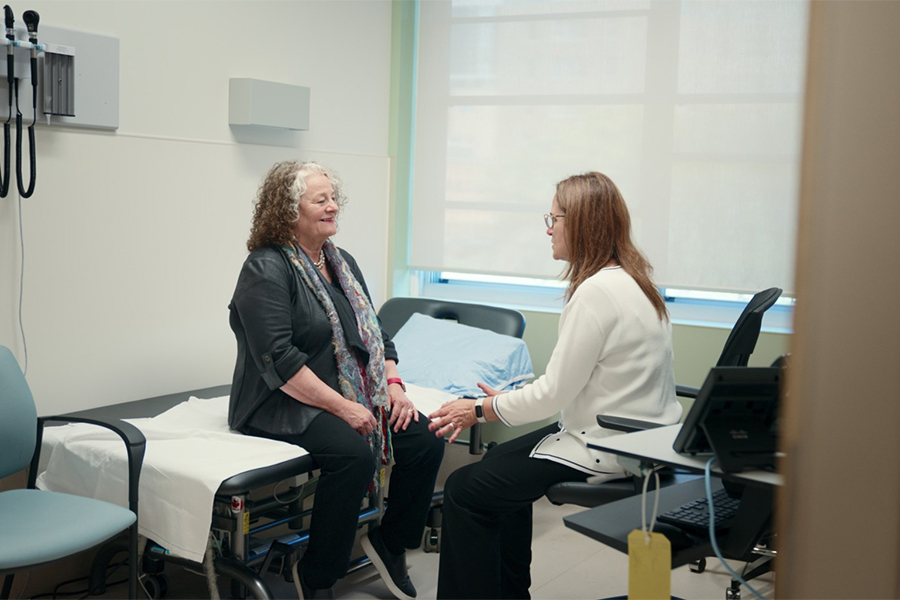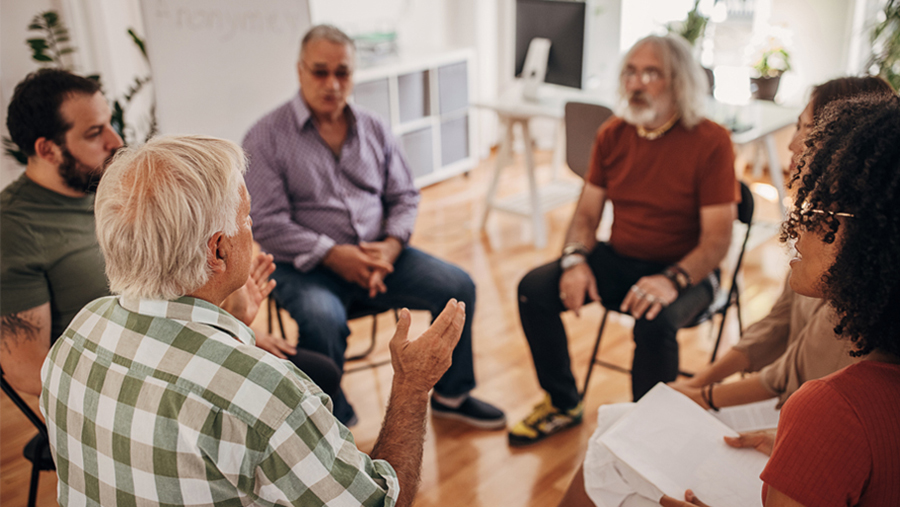
Researchers at UHN’s KITE Research Institute have recently leveraged the power of deep learning to improve nerve signalling interpretation, paving the way for more effective neuroprosthetic devices and offering new hope for those with impaired motor function.
Neurological injuries and amputation frequently result in reduced motor function and diminished quality of life.
Neuroprosthetics are small, implanted devices designed to help restore lost movement or sensory function by using electrical impulses to stimulate nerves – a process known as neurostimulation.
These devices use small electrodes to capture sensory information from the nerves and the environment to refine movements. However, interpreting these nerve signals is challenging due to the nature of the electrodes.
Placing electrodes inside the nerve provides clearer signals but poses a risk of neural tissue damage. Electrodes positioned outside the nerves are less invasive but yield lower signal quality.
Dr. José Zariffa, Senior Scientist at KITE and senior author of the study, led a team that applied deep-learning models to enhance nerve signal interpretation.
“Deep learning is a form of artificial intelligence that excels at analyzing complex data and recognizing patterns,” says Dr. Zariffa, who is an associate professor in the Institute of Biomedical Engineering at the University of Toronto and is cross-appointed at the university’s Edward S. Rogers Sr. Department of Electrical & Computer Engineering and the Rehabilitation Sciences Institute.

“By applying these models, we can decipher complex and low-quality nerve signals and extract more precise information.”
To evaluate the effectiveness of these models, the research team tested different deep-learning models on nerve signals collected from the sciatic nerve – one of the largest nerves in the body running from the lower back to the foot. They analyzed the model’s ability to understand the nerve signals and classify them based on where they originated in the body.
“We found that deep learning significantly improved nerve signal interpretation accuracy,” says Aseem Partap Singh Gill, previous undergraduate student in Dr. Zariffa’s lab and first author of the study.
“The best-performing model achieved an accuracy of around 93 per cent, demonstrating how deep learning can enhance nerve signalling interpretation and improve neuroprosthetics for individuals living with disabilities.”
Future research aims to apply these models to analyze signals from multiple electrodes, different nerves, and more complex movements.
By UHN Research Communications
This study was supported by generous donors to UHN Foundation.

No one ever changed the world on their own but when the bright minds at UHN work together with donors we can redefine the world of health care together.


